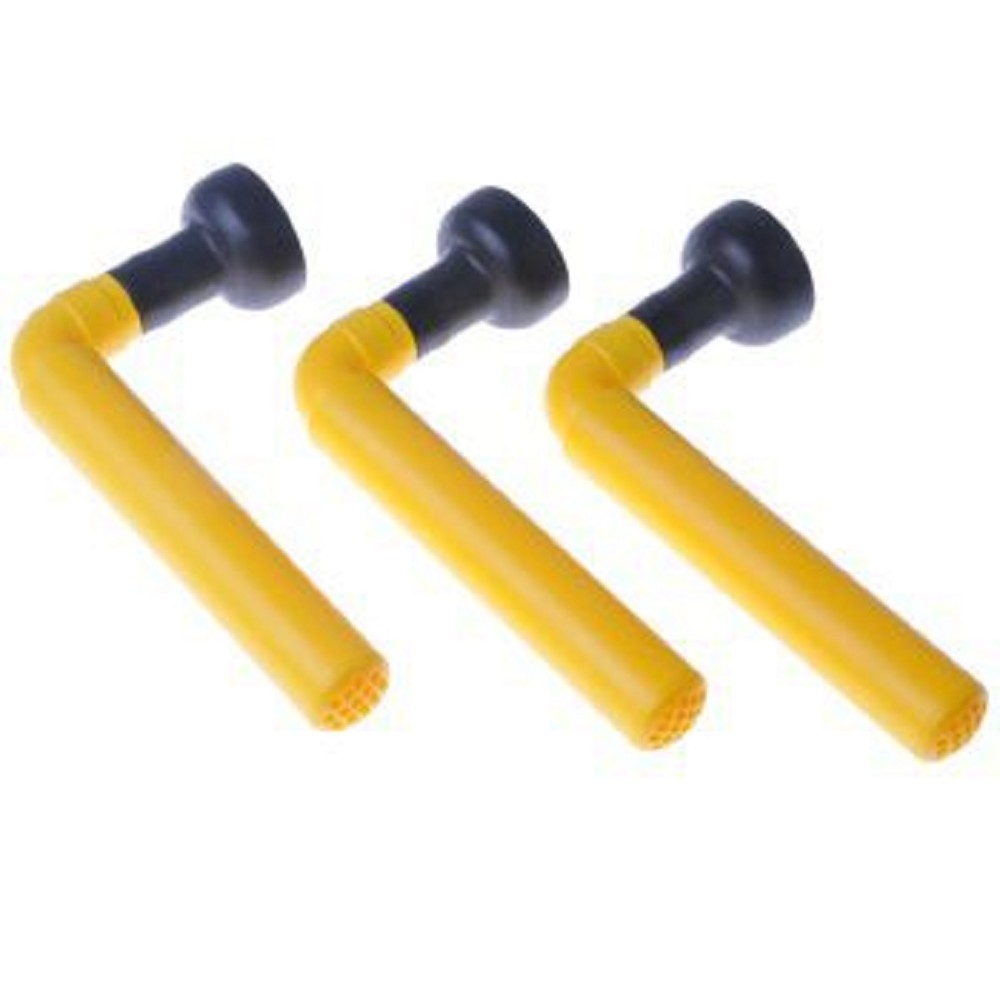HR Moisture Control System MCS5 with Filters

VAT incl.: €132.30* VAT excl. : €111.18
Available, delivery time: auf Lager
Product information "HR Moisture Control System MCS5 with Filters"
MCS5 Moisture Control System with HELIX 180 Filter Cloth
Introducing the MCS5 Moisture Control System, now enhanced with HELIX 180 Filter Cloth. This advanced system is designed to remove moisture before it reaches your drone reeds, ensuring optimal performance and longevity for your instrument.
Key Features:
- HELIX 180 Filter Cloth: The world's most breathable, multi-functional air filter cloth, made from natural Merino sheep wool. It captures 99% of particles and viruses larger than 0.3 microns, including airborne viruses like Coronavirus.
- Natural and Sustainable: The HELIX Filter is made from New Zealand wool, which is environmentally sustainable, naturally resistant to bacteria, and excellent at wicking moisture.
- Enhanced Sound Quality: By filtering out harmful particles and viruses, the MCS5 not only provides safety but also improves the clarity of your instrument's sound.
Benefits:
- Lightweight and Non-bulky: The MCS5 sits at the top of the bag, making it easy to install, remove, and maintain.
- Consistency and Stability: The system ensures consistent air pressure to the drone, keeping reeds drier and your pipes in tune longer.
- Removable Drone Valves: Equipped with screw adjustable quick stop drone valves to regulate air flow, which can be removed if not needed.
With the MCS5 Moisture Control System, pipers can play with confidence, knowing their performance is enhanced and their audience is safe.
YouTube
Simply insert the wool filter cloth into the L-joint (onto the grill) before you play. Make sure all the holes in the grill are covered to prevent air entering the drone without first passing through the filter cloth. The cloth is very breathable and absorbent.
After playing, remove the cloth, lay it flat and allow to dry naturally. Ensure there is not too much direct heat as this could result in a little shrinkage.
Washing should be kept to a minimum. If you know you do not have a virus washing the cloth once a week is probably sufficient along with cleaning the complete system. If you have or suspect having a cold or virus you should take the precautions of sanitising after each use. If possible, put the tube and filter out in the sun to dry. Sunlight is known to kill bacteria and viruses.
If you need to wash the cloth, use the wash bag provided. It can be washed in a normal washing machine (gentle cycle) setting. Treat these filters like your most beloved wool sweater. Never expose them to too much direct heat (like in a clothes dryer) and allow to dry naturally. A set of spare cloths is also provided. All viruses that are transmitted in the air thrive on moisture. Pipers, when using this cloth, can play with every confidence – and their audience can enjoy the performance too, safe in the knowledge that viruses are filtered out to greatly reduce any virus transmission while the piper plays. In addition to filtering out viruses and particles, the clean air also results in more clarity in the overall sound of the instrument.
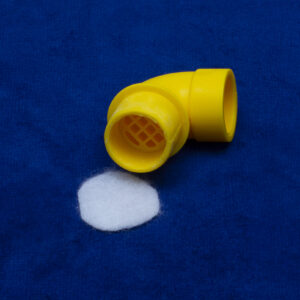
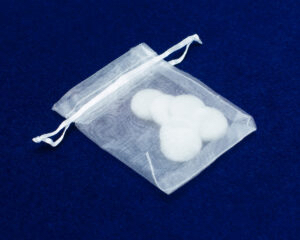
NOTE: After a playing session, it is imperative that you remove the Filter Clothes and allow them to dry naturally. This is to ensure the cloth dries completely enabling it to trap virus particles and reabsorb moisture.
Fitting the (MCS5) System:
1. Pull the stocks out through the collar on the bag. (Do not push the stocks back into the bag as this may tear the collars or the bag). Figure 1.
2. Fit the rubber cup into the groove at the bottom of the drone stock; if necessary tape to secure a good fit. Figure 2.
3. Re-fit the stocks as normal, pushing through from the inside of the bag until the rubber cup rests against the collar. (See your bag manufacturer’s recommended instructions for refitting the stocks.) Figure 3.
4. Insert the complete MCS5 unit (cartridge and connector) into the rubber cup, pushing firmly home. Figure 3.
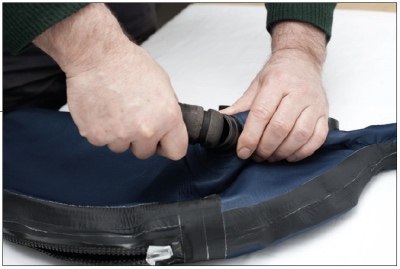
Figure 1
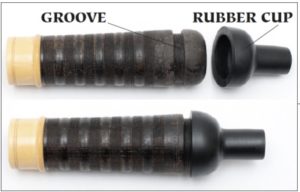
Figure 2
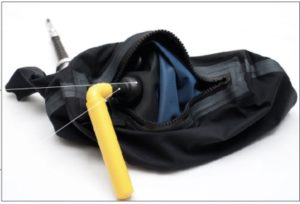
Figure 3
Alternate Method of Fitting (not using the Rubber Cup)
1. To install the connector to the bottom of the drone stocks, through the zip in the pipe bag. To do this, apply an even wrapping of waxed hemp to the entire threaded portion of the connector. Test the fit as you wrap by inserting the connector into the bottom of the drone stock, adding waxed hemp until there is a secure fit. When correctly installed, only the plastic end with 2 O-rings should be visible.
2. Then insert the cartridge firmly onto the connector.
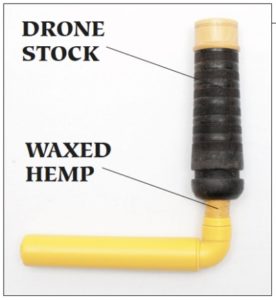
Alternate Method of Fitting
Drone Valves
These Highland Reeds drone valves are designed to give you greater control over your bagpipe by regulating the consistency of airflow to your drone reeds and ensuring clean and easy strike-ins and cut-offs. They are situated within the connector and are easy to remove if not required. The unique, easy to adjust screw valve enables small, fine adjustments to the air flow to the drones. This is far superior to the elastic variety as those valves fluctuate with uneven pressure (bad blowing) and have to be removed to make adjustments.
The drone valves come preset for medium strength pressure. However, you may need to adjust the tension on the valve to suit your blowing strength. The screw can be adjusted down the drone stock using a long screwdriver making it very easy to set the required pressure. You will have to experiment to get the balance that suits the general strength of your bagpipe.
One way of finding the correct pressure for you is to close the valve clockwise so no air is coming through. Then release anti-clockwise the pressure in small increments until you obtain your ideal/optimum pressure.
Turning the screw clockwise will increase the tension on the valve giving you a more effective strike-in and cut-off but a more mellow drone sound.
Turning the screw anti-clockwise will decrease the tension on the valve resulting in freer airflow and greater volume but less effective strike-ins and cut-offs.
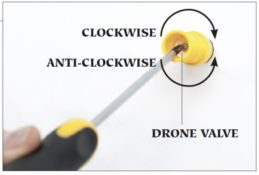
Adjust Valves
Removing
Should you wish to remove the valve, use the white tube to push the valve out of the connector as shown.
Re-fitting
If you need to re-fit the valve, use the white tube to push the valve into the connector as shown.
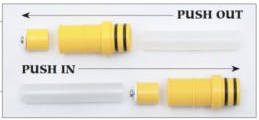
Remove and Re-fitting Valves
Cartridge and Granules
When you start to get a build up of moisture on your drone reeds, it is time to change or dry your granules.
The amount of playing time you get from your system will depend largely on the climatic conditions you are playing in and how wet of blower you are. The cartridge contains silica granules. Silica is tough and hard and drinks up moisture by attracting and holding water molecules in its pores. Even when saturated with absorbed moisture, silica granules look and feel dry to the touch however you may notice an increase in their weight. Silica can absorb about 40% of its weight in moisture. Once the granules are saturated, you can get rid of the moisture by drying or regenerating them.
Drying
The system should always be removed from the bagpipes before placing into the pipe case.
An easy way to dry the system after playing is to place the cartridges still filled with granules onto or near a heat source (e.g., a radiator or drying cupboard) and leave for a considerable amount of time until the granules are dry. Then store appropriately. If this method is used regularly the granules will stay in a good condition. It might however become necessary to completely regenerate the granules occasionally using the method below.
NOTE: After a playing session, it is imperative that you remove the Filter Clothes and allow them to dry naturally. This is to ensure the cloth dries completely enabling it to trap virus particles and reabsorb moisture.
Granule Regeneration
Regeneration is achieved by heating the silica granules to drive off the absorbed water as steam. For greatest efficiency of regeneration, expose as much surface area of the granules as possible.
Put a thin layer on a metal or glass (1/4” Pyrex) tray and heat them at 250-280 degrees Fahrenheit or 150-160 degrees Celsius. (Use a tray specifically designated for the granules as they may absorb residues from baking or cooking trays.) Depending on how wet
YouTube
Zubehör
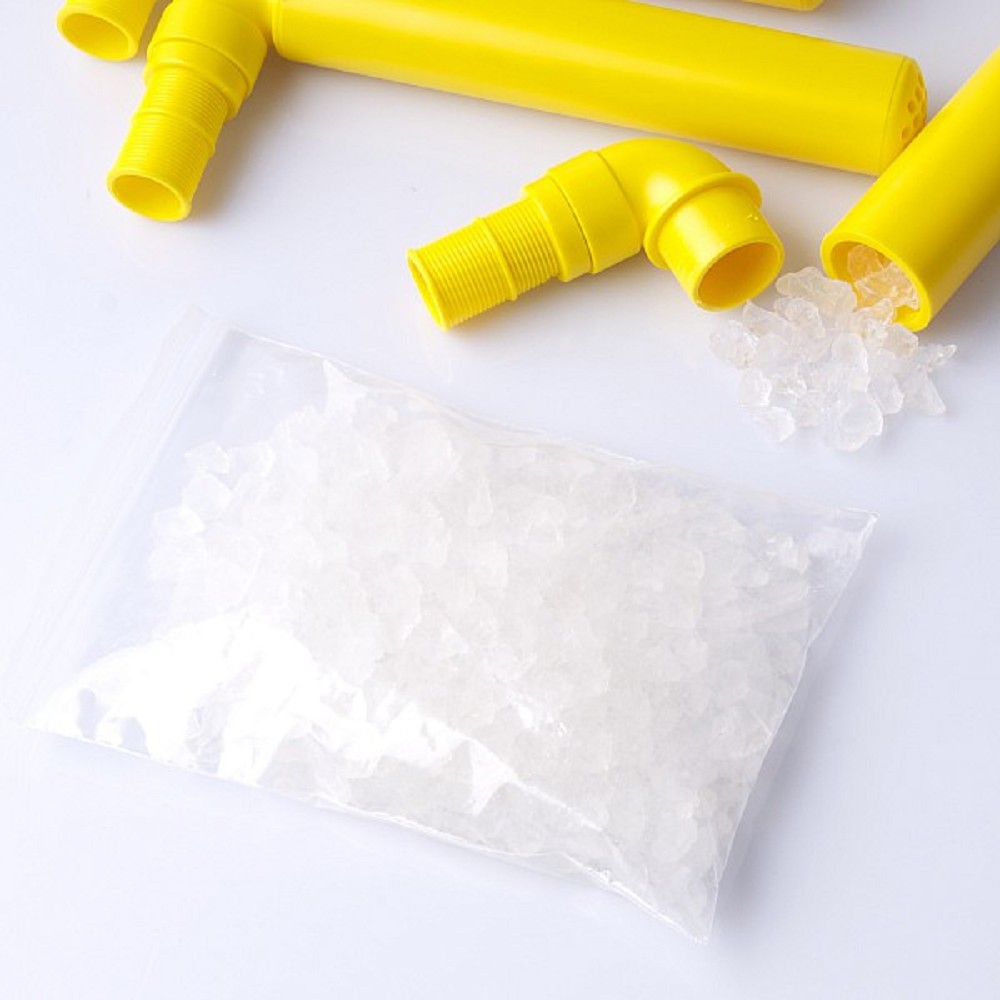
Spare Gel pack for Highland Reeds MCSII Moisture Control SystemSufficient gels to fill 3 cartridges. (Cartriges are not included)
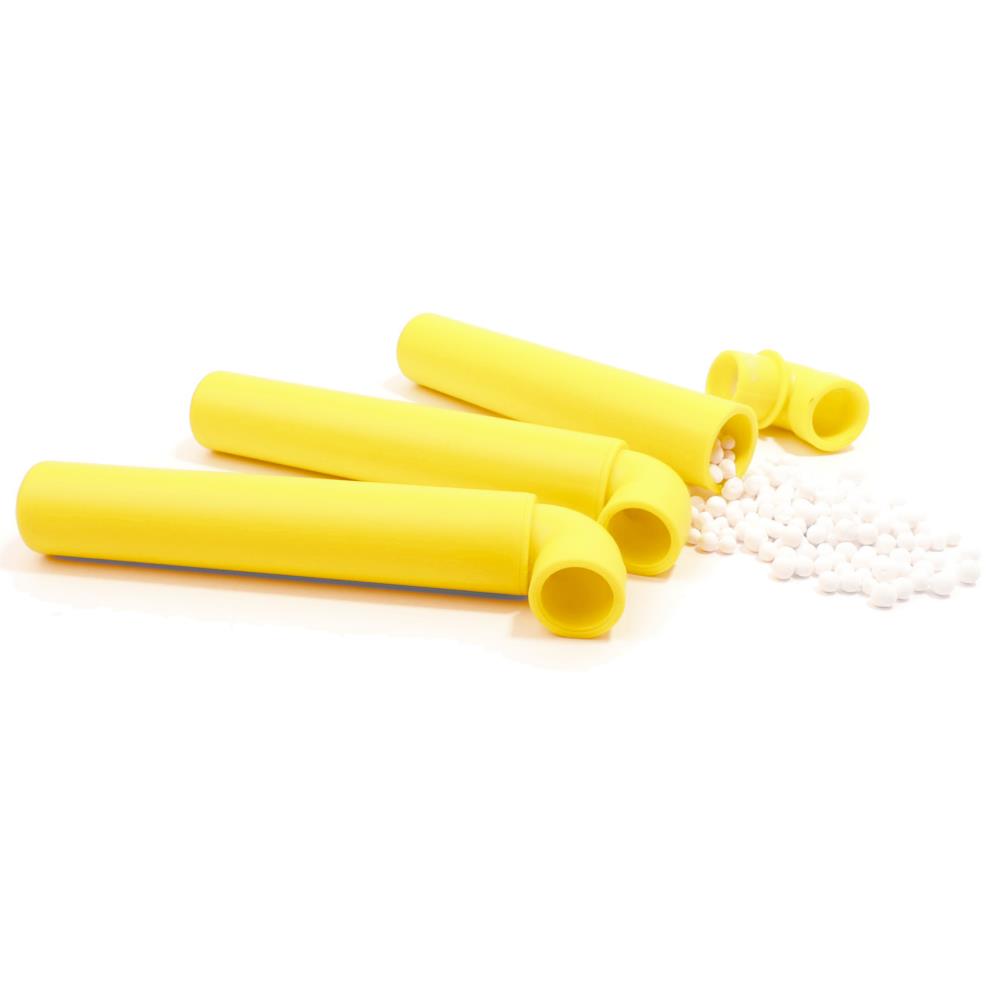
Activated Alumina Beads – Premium Desiccant for Bagpipe Moisture ControlIntroducing our high-performance activated alumina beads, specifically designed to enhance moisture management in bagpipes. These beads serve as an efficient replacement for traditional silica gel, offering superior performance and longevity.Key Features:Superior Moisture Absorption: Activated alumina boasts a higher moisture adsorption capacity than silica gel, ensuring optimal humidity levels within your bagpipes.Longer Lasting: Unlike silica gel, which tends to crumble and degrade over time, activated alumina beads maintain their structural integrity, reducing the frequency of replacements.Minimal Dust Generation: These beads produce significantly less dust compared to silica gel, minimizing the risk of dust-related issues within your reeds.Lower Heat Generation: Activated alumina generates less heat during moisture adsorption, reducing the risk of heat-related damage to sensitive components like chanter reeds.Extended Maintenance Intervals: Requires less frequent drying compared to silica gel, offering longer intervals between maintenance cycles.Non-Toxic and Safe: Free from hazardous additives like cobalt chloride found in some silica gels, ensuring safety for both users and instruments.Compatibility:These beads are suitable for use with various bagpipe moisture control systems, including:Ross Canister SystemBannatyne Moisture Control SystemHighland Reeds Moisture Control SystemShepherd Tone EnhancersProduct Details:Packaging: 500 gUsage: Typically, 100–200 grams are sufficient for one full system refill, providing ample supply for multiple maintenance cycles.Upgrade your bagpipe maintenance routine with our activated alumina beads and experience enhanced performance and longevity.

